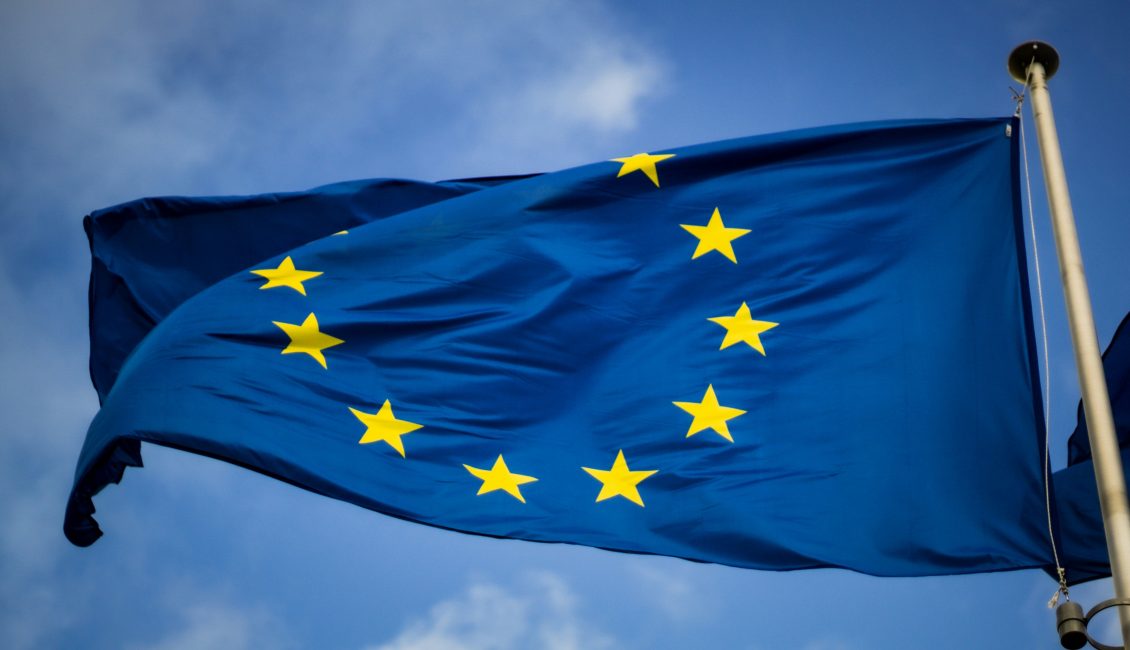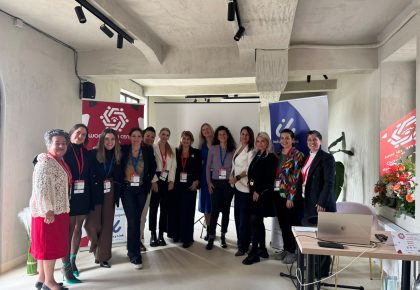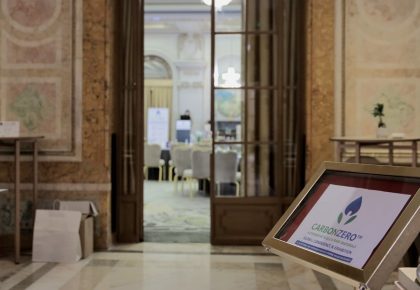
As of today, February 11, 2025, the new Packaging and Packaging Waste Regulation (PPWR) has officially come into force across the European Union. This regulation introduces stringent requirements on recyclability, minimum recycled content, eco-labeling, and mandatory recycling quotas, signaling a major shift for industry, trade, and policymakers.
A Step Towards a Circular Economy
The PPWR aims to curb the rising volume of packaging waste within the EU, setting a goal to halt its increase by 2030. Replacing the previous Packaging Directive, this regulation establishes stricter and more uniform rules across all member states. Companies now have an 18-month transition period to ensure compliance with these new standards.
To meet these ambitious targets, businesses must adopt sustainable packaging strategies, as emphasized by Eva Müller-Axmann, a circular economy expert and Managing Director at the international consultancy RecycleMe. “The circular economy must be transformed from a peripheral issue into a central component of corporate policy. The industry is increasingly being held accountable for demonstrating a commitment to sustainability and fair processes. The biggest challenge for packaging manufacturers concerning the PPWR is to switch to more environmentally friendly materials and designs to fulfill the requirements of the new regulation.”
This shift requires significant investments in research and development to create sustainable packaging solutions while maintaining the functionality and safety of products, particularly for food packaging.
Impact on Waste Management and Industry
The new regulation also has significant implications for the waste management industry. Harald Hauke, CEO of Altstoff Recycling Austria AG (ARA), acknowledges the challenges ahead: “Implementing the PPWR is a challenging task that will keep us all busy in the coming years. In Austria, we can look to the future with comparative confidence thanks to the preparatory work of recent decades and an innovative packaging and waste management industry. Nevertheless, it is important to take measures at an early stage in order to be well prepared and avoid EU fines.”
The standardization of packaging design and production is expected to benefit waste management companies by streamlining sorting and recycling processes. Müller-Axmann highlights the potential advantages: “Increased standardization in packaging production and design will make it easier for the waste management industry to process this packaging. Sorting and recycling processes can thus be optimized. New opportunities may also arise in processing collected material, such as further developments in chemical recycling, which should provide reliable, homogeneous material flows for the economy.”
A Catalyst for Change
The PPWR is expected to significantly reduce resource consumption for packaging while cutting down waste and pollution. Key measures include:
- Encouraging manufacturers to avoid unnecessary packaging.
- Designing packaging that is easily recyclable.
- Mandating the use of recyclable materials and clear labeling for disposal.
- Holding manufacturers accountable for collection and recycling through financial contributions to waste disposal programs.
By enforcing these measures, the regulation aims to create incentives for sustainable packaging production and support waste management efforts. Companies specializing in sustainable packaging solutions could see new business opportunities emerge as demand for eco-friendly materials and designs increases.
With the PPWR now in effect, businesses must act quickly to comply with the new regulations and contribute to a greener, more circular economy. The coming months will be crucial for companies looking to align their packaging strategies with the EU’s ambitious sustainability goals.
Find out more about the future of building sustainably. Discover the latest in cement industry innovations, best practices, and decarbonization efforts at our upcoming events – join us to shape a greener world!
Dive into our calendar of events, featuring CarbonZero Global Conference and Exhibition: Alternative Fuels and Raw Materials 2025 taking place in October in Bucharest, Romania; Women in CemCo International Congress Americas 2025, taking place in April in Atlanta, USA and
Women in CemCo International Congress EMEA 2025, taking place in October in Bucharest, Romania; Cementitious Materials International Congress Americas 2025, taking place in April in Atlanta, USA and Cementitious Materials International Congress EMEA 2025, taking place in June in Cairo, Egypt; and Sustainability and ESG International Summit 2025 taking place in June in Cairo, Egypt.
Email us at contact@industrylink.eu for program brochures and registration details.
Sign up to our newsletter on industrylink.eu/#signupnow to receive the latest news and future events info as well as exclusive discounts.
Cover Photo: Christian Lue on Unsplash


